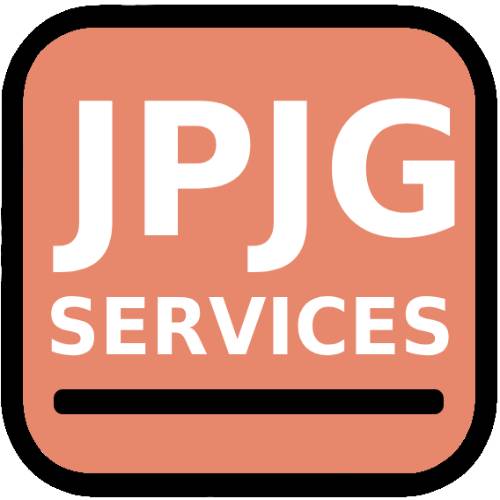The very first job I had as a freelancer was article editing. The article in question had been translated from English to Dutch, and it was my job to edit it and make sure the article had a good flow. The job earned me a solid 10 dollars and was my initiation to freelance pricing.
That, apparently, was good value for money — at least in the eyes of the client. In my eyes, it was a good start. It wasn’t a whole lot, but it was more than nothing, and it was money that I earned myself. Without anyone’s help or through anyone’s recommendation. It only had myself to thank for those 10 dollars.
After that first job, I took on a variety of other contracts, mostly through an online freelancing platform. From ‘Online market research for the auto industry’ to ‘Dutch Internet Marketing & E-Commerce Themed Articles’. Or from ‘ICO advisor’ to ‘Crowdfunding / Fundraising consultant’.
Over the course of my freelance career, I’ve done a wide variety of jobs, with an accordingly wide variety of pay. I’ve sold my time for $10 per hour and for $120 per hour. I’ve charged fixed prices for projects and negotiated retainer contracts. In some cases, I agreed to a success fee. In short, I’ve seen it (almost) all.
Pricing Your Freelance Hours
But regardless of model, pricing is not an easy thing to do. If you follow business school logic, there are a couple of ways to price a product or service. Cost-based, demand-based or competition-based pricing. As a freelancer, I generally used a combination of the three. I would look at the pricing of competing freelancers; analyze the need of the client; and also try to factor in my own living costs.
To set a truly competing price that also fits with what you would like to earn is not an easy thing to do. And often, it’s the product of trial and error. And while it’s relatively easy to price your hours on a cost-based or competition-based model, I’ve always found the demand-based model the hardest.
This really comes down to the difference between how you price your own hours, and how a client values those hours. And in the last couple of years, I realized that clients have widely different views on what your hours are worth, and how much they’re willing to pay.
Differences in client valuations
There are a few ways in which these differences are particularly striking. Take for instance the ‘source’ of the assignment: where it has been posted or advertised. Clients on international freelance job boards such as Upwork or Freelance.com may want to hire a freelance project manager for (as little as) $20 or $30 per hour. In contrast, companies that make use of national job boards (such as freelance.nl in the Netherlands) often offer rates that are more in line with local living standards; up to €80 per hour for a project manager with solid experience.
Similarly, the size of the company plays a part. For some multinationals I worked for, it didn’t matter at all what my pricing was, or how much I worked. We didn’t get into a negotiation regarding my hourly rate. Nor did it matter to them whether I worked 20 or 40 hours per week; as long as the job gets done.
In contrast, I’ve had to go back and forth with some startup clients to negotiate my final fee. Plus, some have asked me to justify almost every single hour of work. That’s not always easy, but for a small company with small budgets, it is understandable.
Filtering for the right clients
These examples demonstrate that the way in which a client values your hours and determines what he or she is ready to pay, differs widely. And while on the one hand that can be difficult as a freelancer, it can also offer you a good filter to find the right clients.
Simply put, if you’re looking to earn more and have fewer discussions about what you spent your hours on, go for larger companies. Pick out those local job boards or find an intermediary that works with multinationals.
Go for non-remote jobs, so that you’re not competing with freelancers with different living standards. And find those clients that have hired freelancers before — so that they’re familiar with standard freelance rates and working with independent contractors.
In my experience, finding these filters works best. And while pricing will never be an easy thing to do, these filters make finding a freelance job that fits with your expectations much easier.

Recent Comments